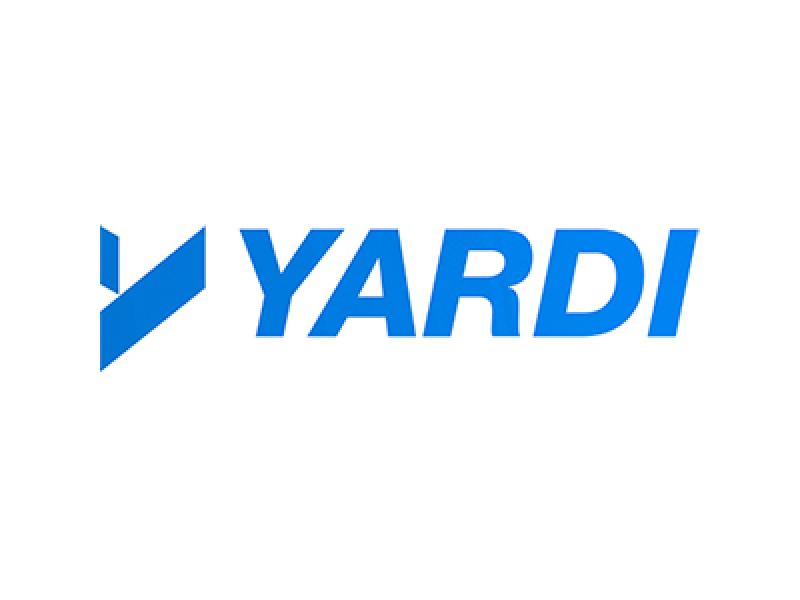
In this transitional year, monetizing demographic shifts, redefining office space, and achieving energy, sustainability and governance (ESG) goals will be the demand drivers within the commercial real estate (CRE) industry. In 2022, for example, a record number of 431,000 immigrants attained their permanent resident status. With a growing talent pool, net zero targets and national office vacancy rates reaching 17.1% in Q4 2022, it’s clear that CRE owners who implement flexible technology are on the path to evolve their core business and realize substantial performance gains.
Leveraging technology is not a new approach to future-proofing; innovation in technology is what’s needed to provide solutions that address and manage emerging needs. For instance, past advancements in artificial intelligence led the way for automation, data and analytics, and augmented experiences. Managing change and risk, however, has been one of the biggest barriers to moving the real estate industry forward.
Successfully harnessing technology's potential results in attracting and retaining quality customers and investors, while widening the gap between you and your competitors.
Reshaping the office space
As of late, there has been less concern over the nature of lease agreements and more focus on meeting tenants' needs, most notably by utilizing flexible space to draw people back into the physical corporate world. Top performers in the market understand that enhancing the value of their spaces and tenant relations requires data to guide decisions. Capturing insights into customer interactions, internal processes and the supply chain is the first step. Ultimately, the pace of change will be influenced by your technological infrastructure.
As a quick tech assessment, can you confidently say your digital platform provides a seamless, efficient method of booking flexible space locations and desks? Are your flex space options searchable by agreement type such as traditional leases or co-working memberships? Can you measure space utilization to support floor plan enhancements?

Whether you are acquiring flexible space, partnering in a joint venture or transforming existing assets, relying on technology that centralizes your data into a single source of truth is a key step toward efficient operations. This centralization will give you full visibility across your portfolio to identify which vacant units can be transformed into flexible spaces and co-working arrangements. Essentially, the right technology will help you offer your tenants access to innovation centres that help foster collaboration and measure productivity in a hybrid workspace.
Expanding investment efficiency
Whether a property management business has two or 2,000 investors, real estate investment portfolios are known for being challenging to manage. The property manager must account for all losses and returns, optimize investment strategies to maximize returns, justify calls for capital and accurately calculate all distributions. Matters are made more difficult by complicated tax structures and complex accounting.
Keeping up with technical investment calculations and investor reporting demands is the focus of emerging technologies. Some real estate investment companies are trading inefficient spreadsheet programs for software solutions that automate the asset, investment accounting and investment lifecycle with a single connected solution.
The boost in efficiency from a single-system approach lets real estate investment managers expand their investor base and add properties, project unrealized gains and determine ideal buy/sell times without additional staffing resources. Investors, for their part, can get deeper insights into their investments through a portal, without needing intermediaries or waiting for assistance. For example, they can understand their risk in the context of current events and market activity and see how their investments might be impacted.
The bottom line is this: Technology has heightened expectations, and investors want to stay engaged by quickly gathering relevant details in real-time.
Social ambitions at the forefront
Sustainability is no longer a trend among tenants and investors, it is a requirement. As one example, a recently enacted Montreal city bylaw requires owners of large buildings to disclose the sources and amounts of energy their buildings use. This is part of an effort to “reduce buildings’ energy costs by improving energy consumption [and] show that Montreal building owners are leaders in energy transition, a major competitive advantage in the real estate sector,” the city says.
Similarly, property owners across Canada are making extensive use of the ENERGY STAR® Portfolio Manager® online tool to measure and track buildings’ energy, water, and/or waste and materials. This will enable them to calculate an ENERGY STAR score. ENERGY STAR-certified buildings use, on average, 35% less energy than similar buildings. Fewer vacancies, higher rents, better loan terms and lower interest rates than non-certified properties have also been documented.
Existing energy management software suites are designed to boost ESG performance by automating the time-consuming aggregation, analysis and reporting of whole building data. This technology applies algorithms that send temperature, pressure and speed set point adjustment signals to HVAC fans, pumps, and chillers every 30 seconds. Such a system can save 10-30% of building HVAC energy consumption.
Along with delivering full visibility into how buildings use energy, this type of energy management technology also eliminates the manual tasks involved in submitting data required for successful energy consumption audits, GRESB reports and energy-oriented financial incentives (“green financing”) as well as for ENERGY STAR certifications. It also helps property managers efficiently monitor their consumption and get the most value from their energy spend.
Openness to innovation is the key to success
Advanced software available on the market makes it possible to manage all aspects of property operations on a single platform. Such efficiency is crucial as tenant, investor and regulatory demands increase and become more intricate. In the current dynamic environment, strategic thinkers who are willing to integrate the latest solutions into their business plan and remain open to new advances that enhance stakeholder relationships, drive down costs and increase asset values will be those best positioned to thrive.
To learn more about your technology options, visit yardi.com.











